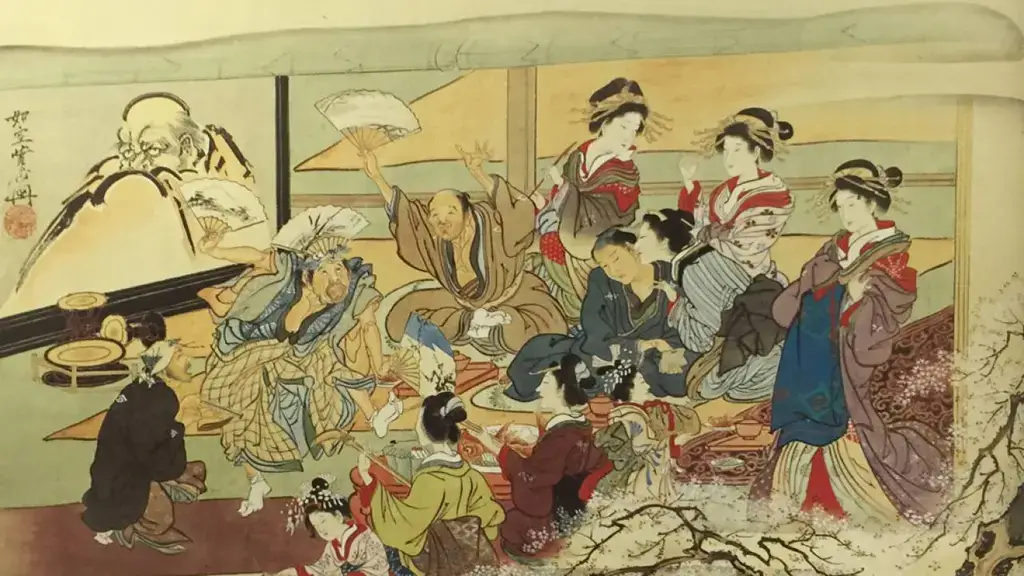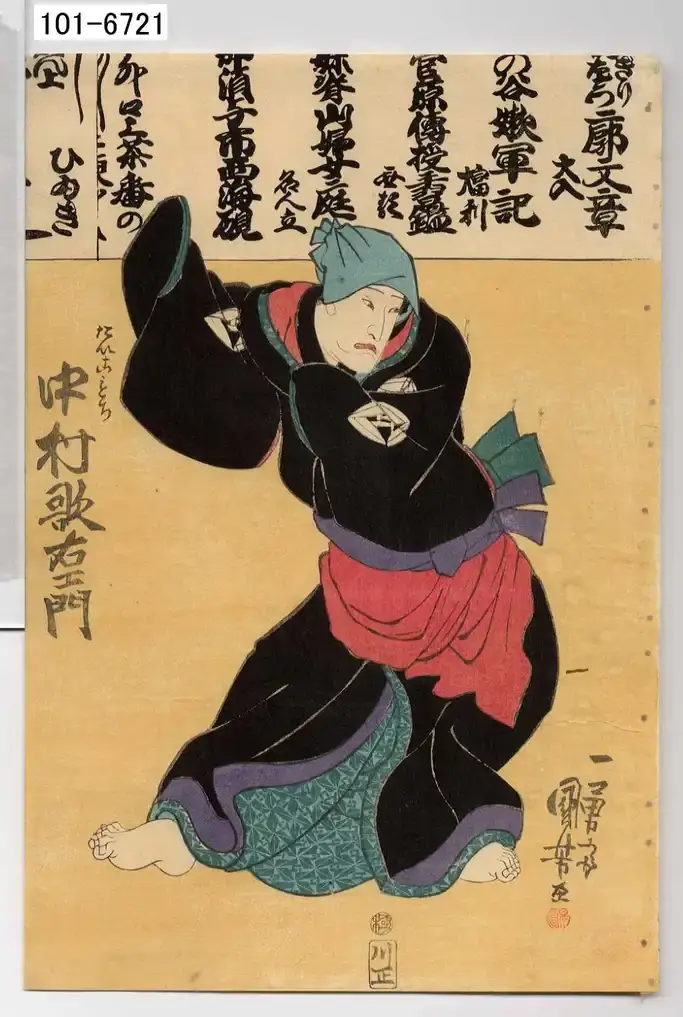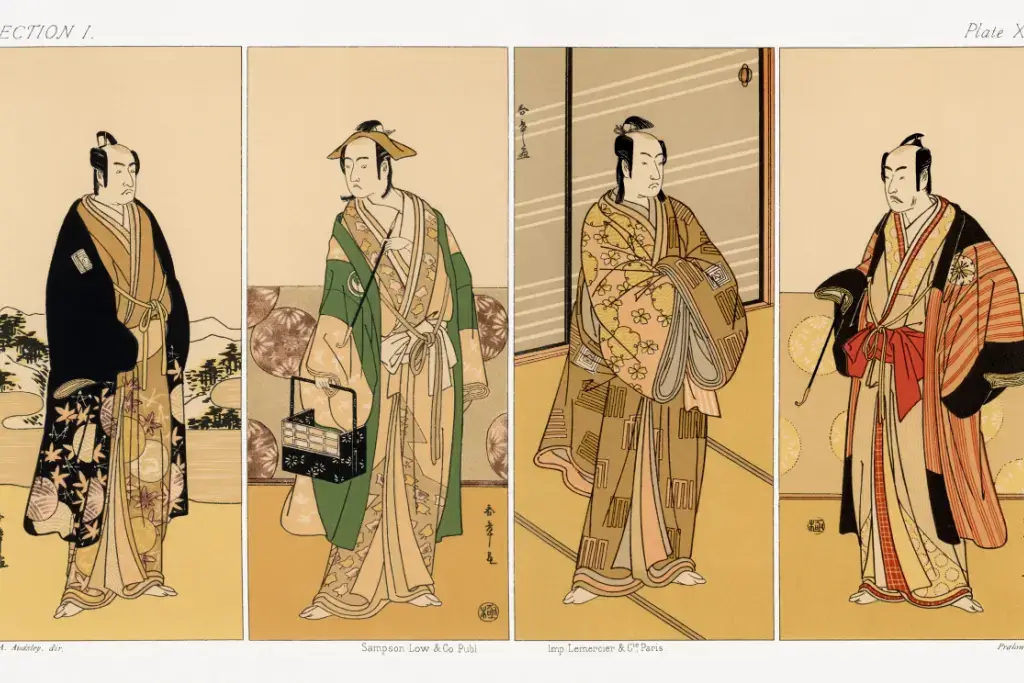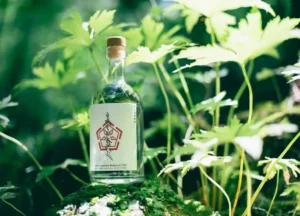When you think of a geisha (traditional performing artist), you probably picture a woman in a kimono with a white face. She moves elegantly, pouring tea or performing music in a quiet, refined setting. This iconic image has become a lasting symbol of Japanese culture worldwide. But the origins of the geisha profession tell a different story, one many people don’t know.
Long before women took center stage, the very first geisha were men. Called taikomochi or hokan, these male entertainers were skilled in storytelling, music, and wit. They played a vital role in Japan’s social and artistic history. Keep reading as we explore the fascinating legacy of the taikomochi and their impact on Japanese entertainment.
Table of Contents
ToggleThe Origins of the Taikomochi
“Taikomochi” comes from taiko (drum) and mochi (beater). This name reflects their traditional role as entertainers who kept rhythm for music, dance, and storytelling performances. Hokan (jester) hints at their original role as comedic performers and entertainers.

Taikomochi were active as early as the 13th century, during Japan’s historical Kamakura period (1185–1333). They served feudal lords, offering more than just entertainment at court gatherings and events. These men were highly educated, skilled in music, tea ceremonies, storytelling, and the classical arts. Their role blended performance and intelligence, not just jokes and songs.
Taikomochi often gave strategic advice and participated in discussions about war and politics. They sometimes even accompanied their lords into battle, offering support and counsel on the field. Their artistic talents relieved warriors and helped ease tensions during difficult times. Performances offered a mental break between battles and strengthened bonds among the samurai class (the elite warrior nobility of feudal Japan).
The Transformation in the 17th Century
As Japan entered the peaceful Edo period (1603–1868), the role of the Taikomochi started to change. With no battles to fight, they were no longer needed for military strategy or war-related advice. Instead, their duties shifted to pure entertainment for the upper class and wealthy social circles. Though still respected, Taikomochi no longer acted as battlefield advisers or military strategists. They became known for their charm, humor, and ability to entertain at private gatherings and parties.

Around this time, Japan also saw the rise of a new courtesan culture in the pleasure quarters. The yujo (prostitutes) class evolved, giving rise to women educated in traditional Japanese arts. These women mastered sado (tea ceremony), ikebana (flower arranging), calligraphy, music, and elegant conversation.
The most elite among them were known as tayu (high-ranking courtesans) who could refuse most clients. Tayu were wealthy, cultured, and held a powerful social presence in Japan’s entertainment scene. When the last Tayu retired in 1761, the traditional ranks of geisha began to shift. Female geisha grew in popularity, and the profession began to transform. Many taikomochi started working with these courtesans, creating new entertainment styles in the pleasure quarters.
The Emergence of the Geisha
By the 17th century, the word geisha began to appear in Japanese society. Soon after, women started entering the profession and quickly outnumbered their male counterparts. By the 18th century, female geisha had become more visible and popular than the taikomochi. In the 19th century, women comprised about three times the number of male geisha. Because of this shift, the traditional role of male Taikomochi became increasingly rare over time.

Even with the rise of female geisha, taikomochi influence can still be felt in Japanese culture. These early male entertainers helped shape Japan’s music, storytelling, and tea ceremony traditions. They were among the first to teach and preserve these important cultural and artistic practices. Their legacy inspires modern performers and adds depth to Japan’s rich artistic heritage.
Can’t make it out here, but do you want to try some exclusive traditional Japanese delicacies? Check out Sakuraco! Sakuraco delivers traditional Japanese snacks, teas, and sweets from local Japanese makers directly to your door so you can enjoy the latest treats directly from Japan!
Preserving the Tradition
Though they’re less known today than geisha, some taikomochi work hard to keep the tradition alive. One of them is Taikomochi Arai, a Kyoto-based performer dedicated to preserving this unique cultural role. As a modern performer, he is a storyteller and entertainer across Japan.
He shares traditional Japanese arts and keeps the memory of male geisha alive through his craft. Arai’s efforts have helped spotlight the importance of Taikomochi in Japan’s cultural and artistic history. He reminds us that the geisha story includes men who shaped Japan’s creative traditions. His performances continue to move audiences, proving that the Taikomochi legacy is still alive today.
The Taikomochi’s Legacy Today
Today, the legacy of the Taikomochi lives on through many of Japan’s cultural traditions and performance arts. While male geisha are now rare, their influence can still be seen across various forms of Japanese entertainment. The skills they developed helped shape everything from kabuki (Japanese theater) to modern forms of storytelling and performance.
Taikomochi were more than entertainers; they were artists, historians, and cultural guides in Japan’s evolving society. Their legacy reminds us that the talents of both men and women shaped Japan’s traditions. If you ever visit Japan, learn about the Taikomochi and their cultural contributions. Their story is an important part of Japan’s heritage and deserves to be remembered and appreciated. Understanding their role adds depth to our view of Japan’s traditions and creative history today.

Why is the legacy of the taikomochi still so important today?
People often associate geisha with women, but the taikomochi were once the cornerstone of Japanese entertainment, culture, and strategy. Their influence on performance arts and their role in shaping Japan’s cultural identity is remarkable. The taikomochi were more than entertainers; they were crucial figures in Japan’s history, leaving a lasting legacy.
Their contributions continue influencing the art forms they helped preserve, from music to storytelling. By exploring taikomochi’s fascinating history, we gain a deeper understanding of Japan’s rich cultural past. These remarkable men played a vital role in shaping the culture we know today. What is most fascinating about the taikomochi’s role in Japanese history? Have you ever encountered their influence in Japan’s cultural arts today? Let us know in the comments below!
Sources
- Tokyo Weekender. “They Went by Different Names, But Male Geisha Existed for Centuries Before Female Ones“.
- Britannica. “Geisha: Traditional Japanese Entertainer“.
- Japan Cultural Expo. “Five traditional Japanese performing arts registered as UNESCO Intangible Cultural Heritage!“










